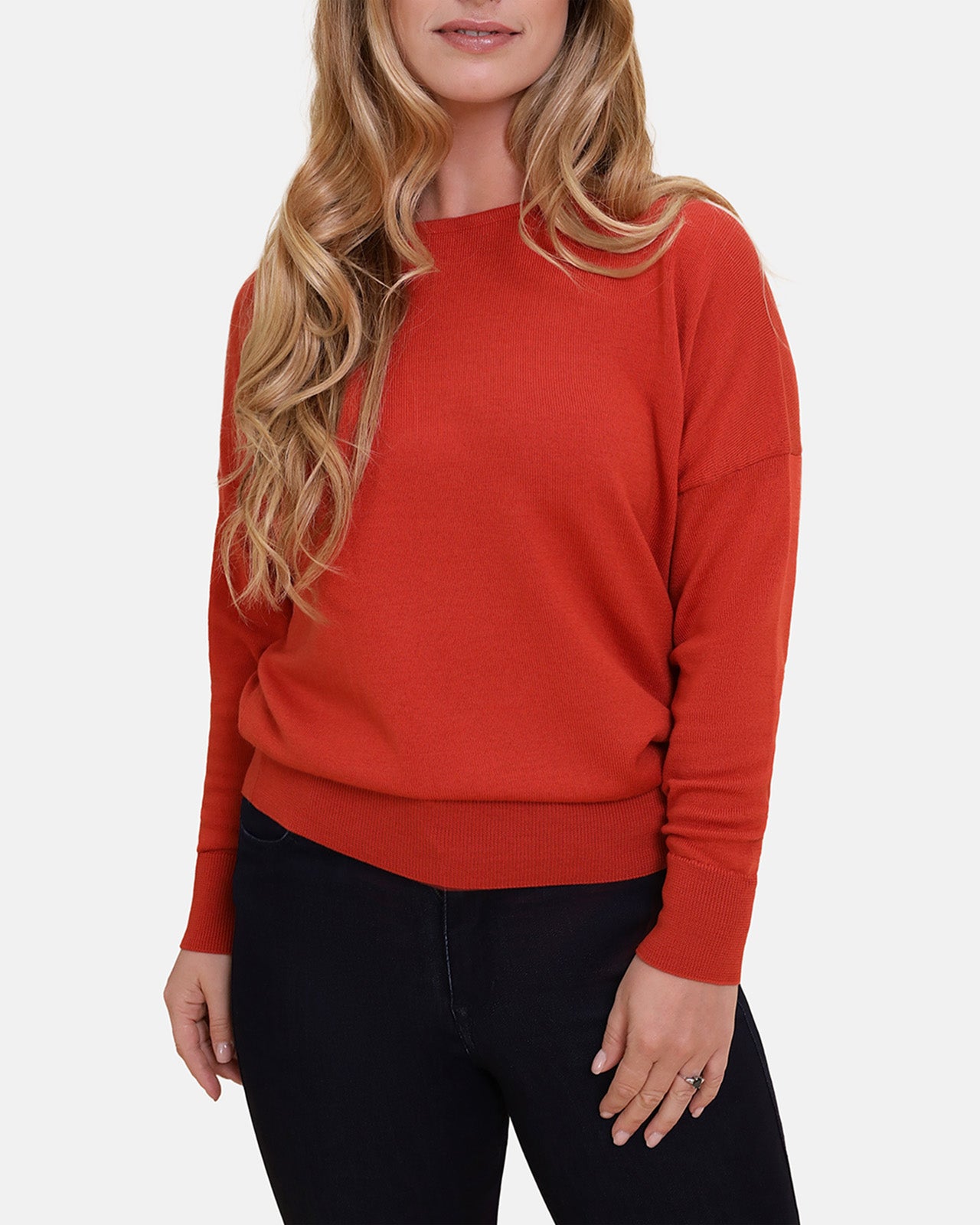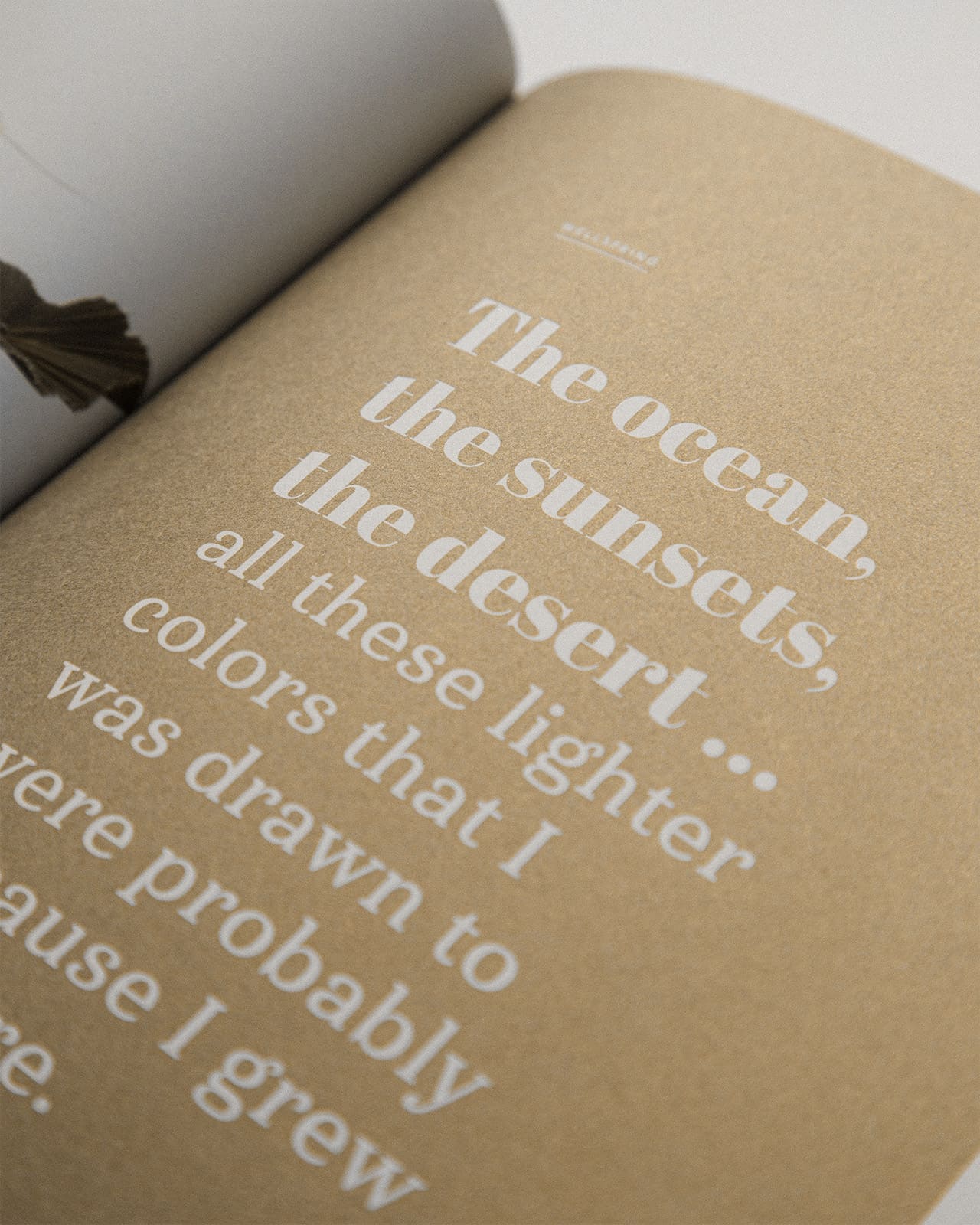"The fashion industry has become fixated on incremental improvements, but we're missing the fundamental question of what our ecosystems actually need to survive," says Olivier Maréchal, founder of Wide Open World. "It's like trying to save money by buying things on sale while ignoring your actual budget."
This observation cuts to the heart of a growing tension in sustainable fashion, and sustainability in general. While most sustainability efforts focus on reducing negative impacts, mounting evidence suggests this approach alone cannot prevent ecological collapse.
Absolute Sustainability
The practice of maintaining the environment in its naturally stable state.
Why fashion must work within nature's limits
Defining absolute sustainability
absolute sustainability /ˈæbsəluːt səˌsteɪnəˈbɪlɪti/ noun
- The practice of maintaining the environment in its naturally stable state.
- A conservation approach that prioritises preserving ecological systems within their naturally stable bounds.
Origin: Late 20th century; from absolute (complete, unconditional) + sustainability (ability to be maintained at a certain rate or level).
Beyond the efficiency trap
For decades, sustainability has meant doing less harm—reducing emissions, minimising waste, using fewer resources per unit produced. Yet this efficiency-first approach has led to an uncomfortable paradox: industries have never been more efficient, yet environmental pressures have never been greater. The disturbing reality is that prioritising efficiency alone, through footprint measures as an example, often results in production intensification. Not the future we want.
Consider Lake Sorell in Tasmania, not far from where our wool is sourced. Traditional sustainability might focus on using less water per unit produced, whether it is a sweater or a bottle of Tasmanian wine. But for the lake's ecosystem—home to species found nowhere else—what matters isn't efficiency per product but ensuring enough water remains to maintain ecological balance.
The problem isn't that efficiency doesn't matter—it's that we're answering the wrong question. Instead of asking how to reduce impact per product, we should be asking how much impact our ecosystems can actually sustain.

Understanding absolute sustainability
Absolute sustainability recognises that Earth's systems have specific thresholds that, once crossed, can trigger irreversible change.
In Tasmania's Midlands, where our wool grows, this means understanding how much land the endangered spotted-tailed quoll needs to hunt and breed successfully. It’s about ensuring enough natural habitat remains untouched, enough water remains flowing in the Macquarie River, and enough forests remain standing for future generations. Not just minimising impact.
With fossil fuels, it means reducing reliance in absolute terms—without relying on misleading carbon neutrality claims. The difficult truth is: there is no fossil carbon budget.
This approach demands four fundamental shifts:
- Recognising the true state of the environment
- Limiting production by ecological capacity, not market demand
- Balancing resource use with ecosystem conservation
- Ensuring business growth does not come at the expense of environmental stability
 Photograph taken on farm by Matthew Newton
Photograph taken on farm by Matthew Newton
From theory to practice
At Wide Open World, this philosophy shapes every decision. "When we source wool from Tasmania, we first determine what the land can sustainably support," explains Maréchal. "This often means producing less than we could sell, but that's exactly the point—we let nature set the limits, not the market."
Through the APres sustainable business model, we quantify how much land must be preserved for every hectare used in production. This ensures a net-positive impact on biodiversity while maintaining ecological balance.
Beyond fashion: A blueprint for change
Through our work with Natropy's Collective for Absolute Sustainability (NCAS), we’re pioneering a business model that prioritises ecological reality over market convention. This means moving beyond unscientific carbon neutrality statements toward genuine environmental stewardship.
Understanding absolute sustainability is the first step toward supporting it. Whether you're a consumer, business leader, or someone who cares about our planet's future, you can contribute by choosing quality over quantity and supporting businesses that respect ecological boundaries.
Learn more about how Wide Open World implements absolute sustainability in our collections.














